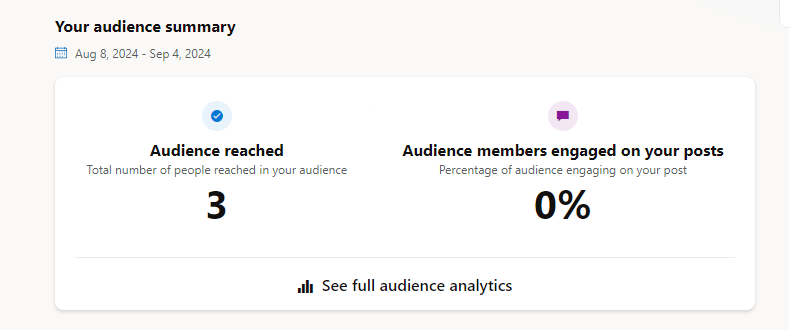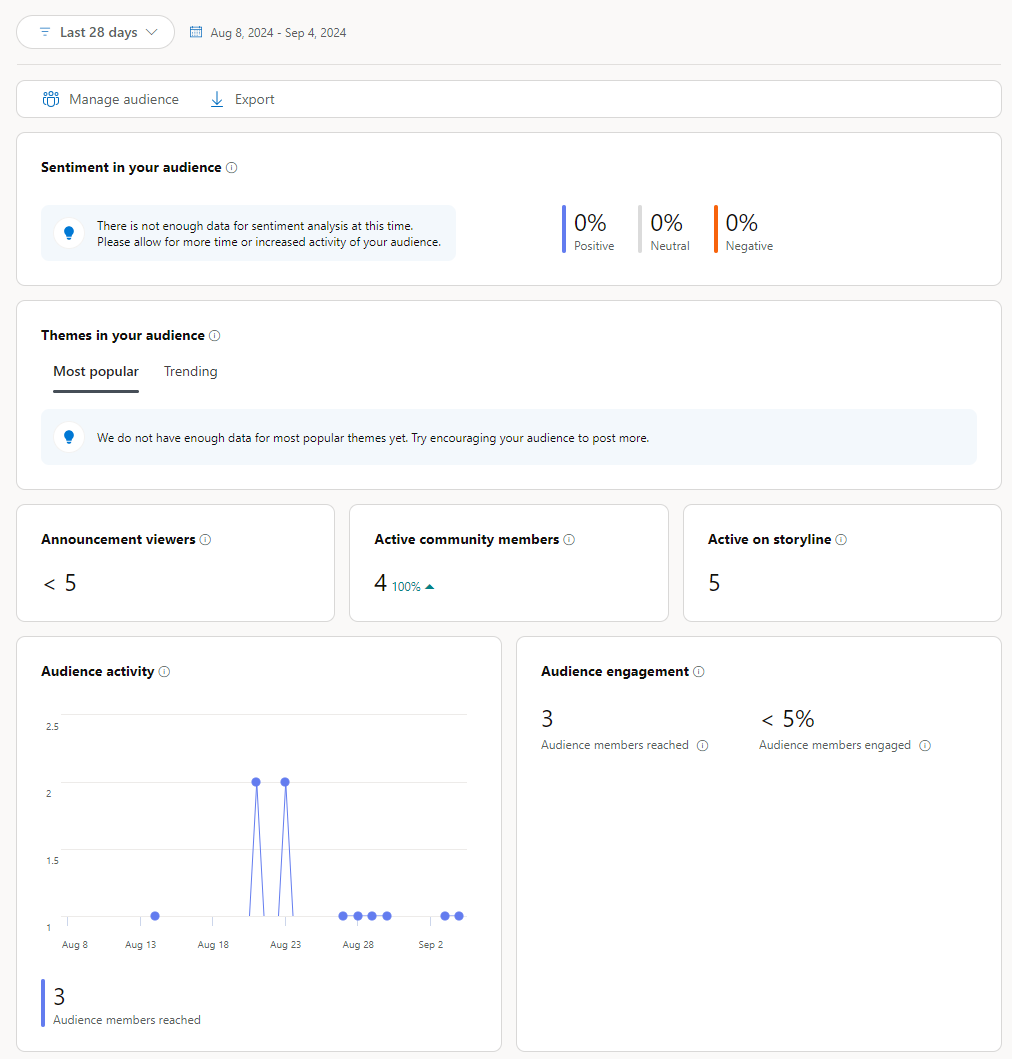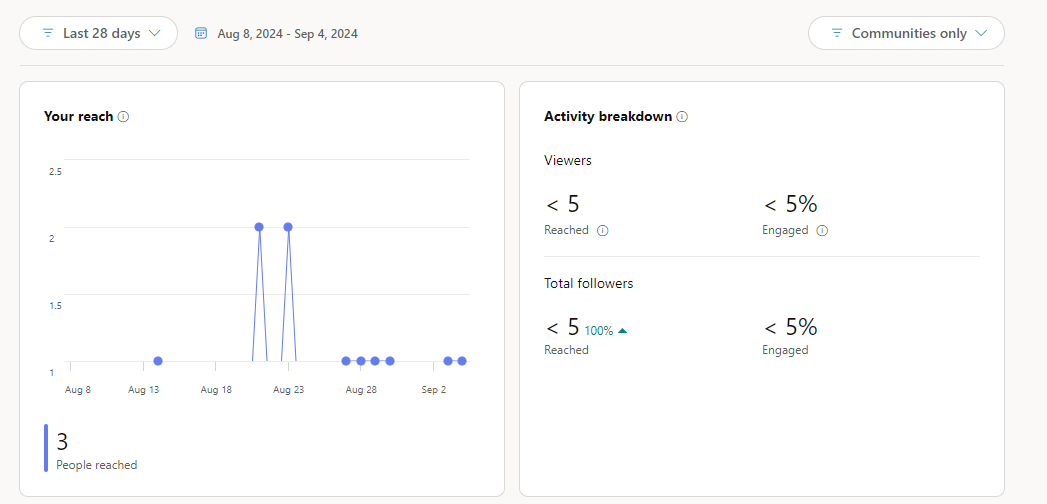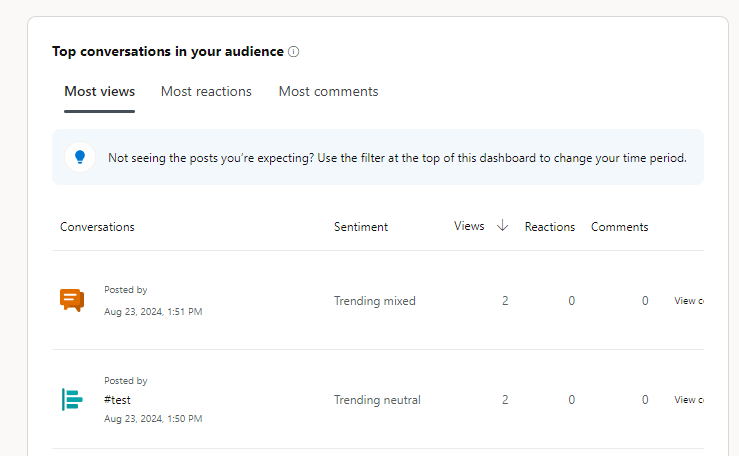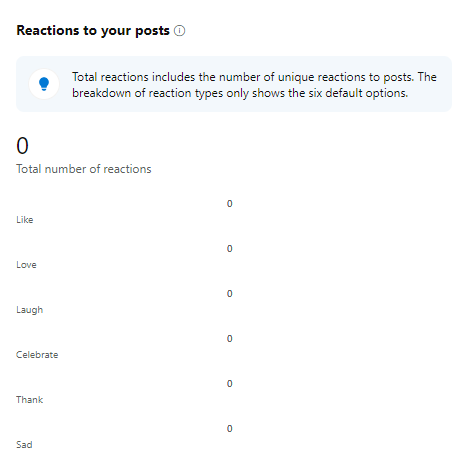Viva Engage provides two special privileged roles that allow users for extra communication capabilities. One of them is Leaders and the other Corporate Communicator. Both groups are integral to fostering a healthy organizational culture, but their roles, approaches, and objectives differ.
Leaders in Viva Engage
Leaders shape the vision and culture of an organization. On Viva Engage, they communicate directly with employees, often sharing high-level insights, strategic direction, and personal stories that inspire and motivate. Leaders act as the voice of the company’s long-term goals and values, ensuring that employees feel connected to the bigger picture. Their presence helps humanize leadership, creating a more open and accessible communication channel between top management and the workforce.
Leaders receive additional features in Viva Engage, such as leadership corner. They can also communicate with the designated audiences. For more details see Post as a leader to specific groups .
Audience analytics, such as below, are only viewable by leaders that have at least one primary assigned audience and their delegates.
Corporate Communicators in Viva Engage
Corporate communicators, on the other hand, are the strategic minds behind the messaging. Their primary function is to ensure that information is disseminated clearly, consistently, and in alignment with company policies. They are responsible for crafting messages that resonate across diverse audiences within the organization, ensuring that corporate news, updates, and campaigns reach employees in an engaging and effective manner.
In Viva Engage, Corporate communicators have privileges such as creating or managing campaigns.
Corporate Communicators can add other Corporate Communicators.
Key Differences Between Leaders and Corporate Communicators
While both leaders and corporate communicators use Viva Engage as a communication tool, their goals and approaches differ. Leaders focus on inspiring, engaging, and sharing high-level insights, while corporate communicators work behind the scenes to ensure that messaging is cohesive and aligned with broader organizational strategies.
Leaders are typically more visible on the platform, sharing personal and strategic content. Corporate communicators, by contrast, focus on crafting and distributing messages that reflect the organization’s needs, ensuring that communication flows smoothly. They are more focused on the “how” of communication, while leaders focus on the “what” and “why.”
